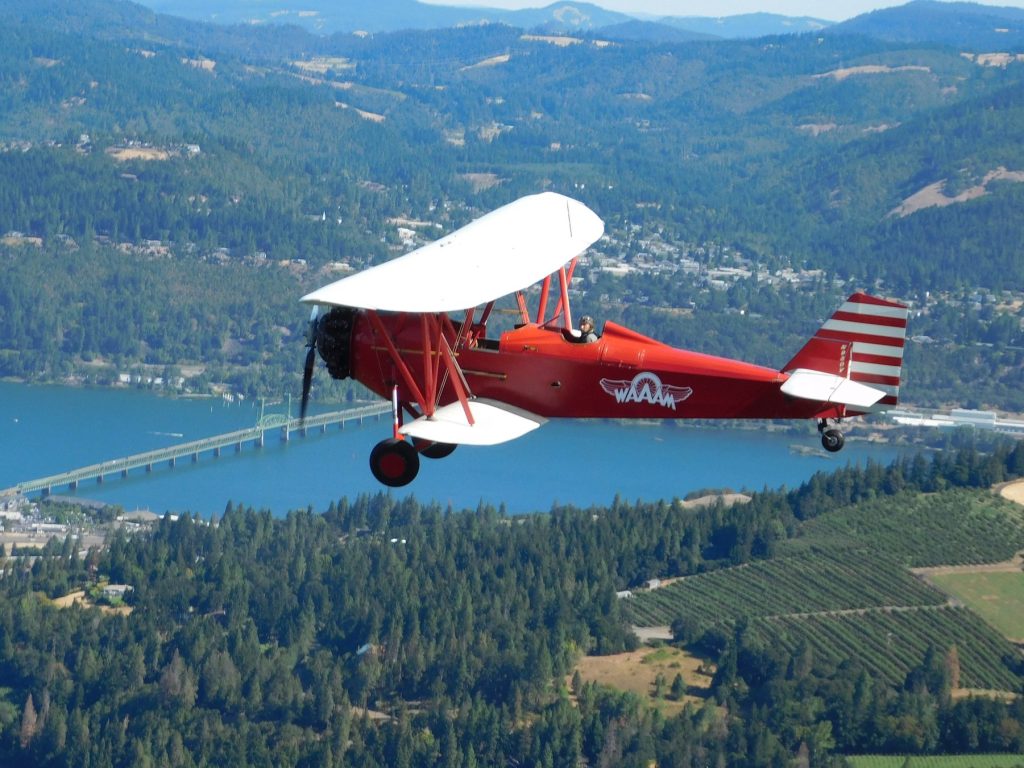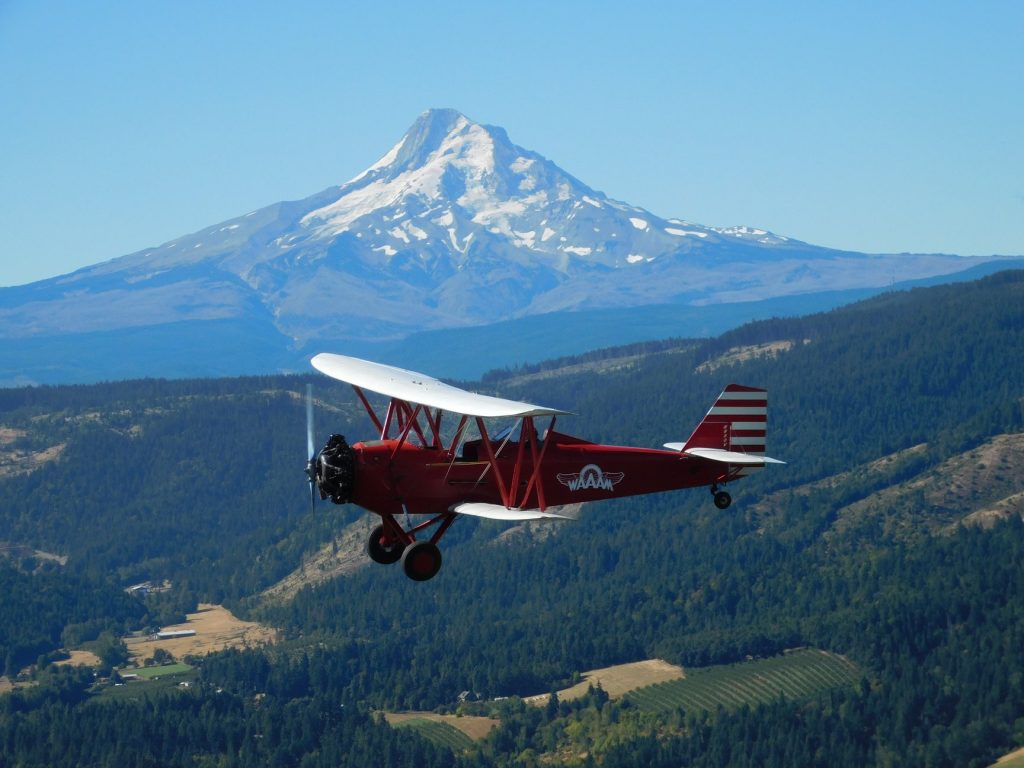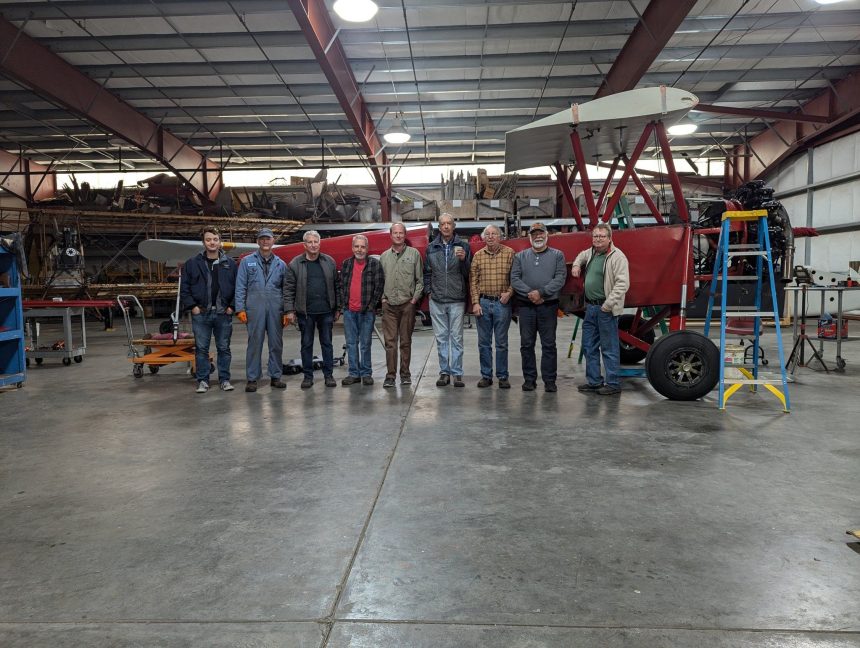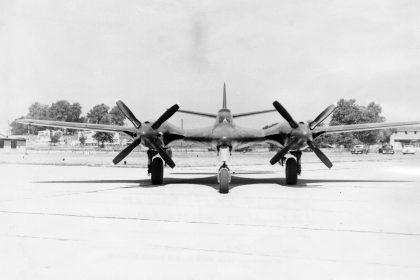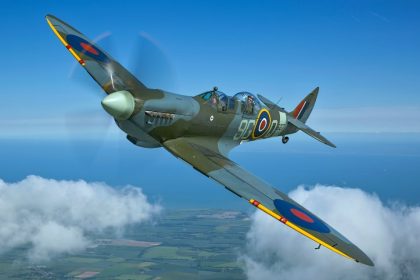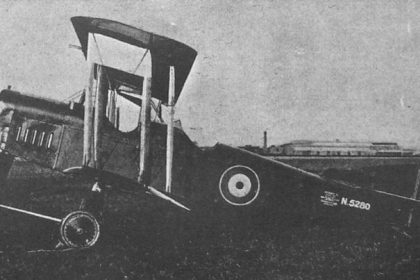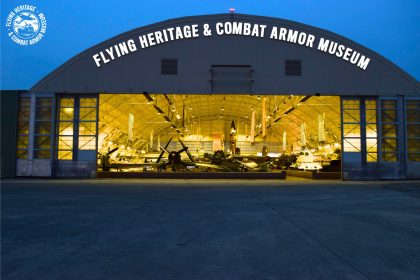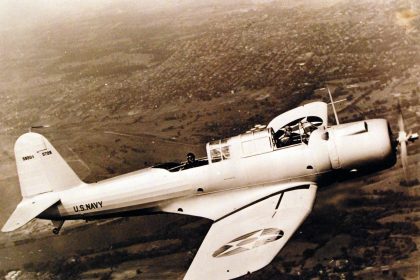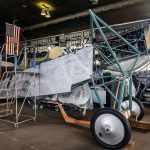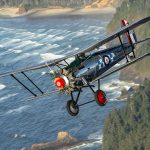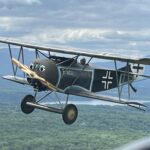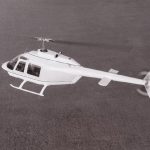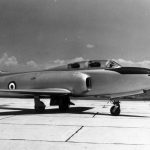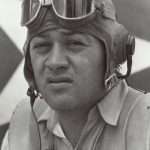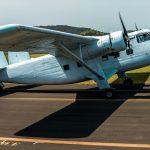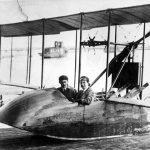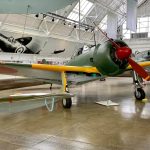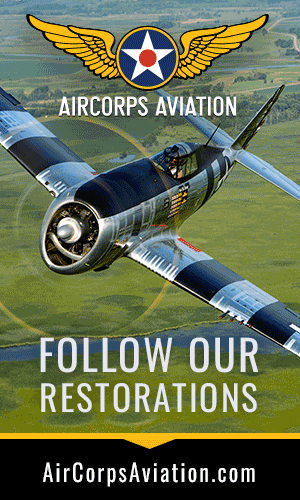For aviation and automobile enthusiasts that are either visitors to or residents of the state of Oregon, there is a large collection of antique airplanes, gliders, automobiles, motorcycles, and even tractors located an hour’s drive northeast of Portland with the scenery of the Columbian River on one end and Mt. Hood on the other. This is the Western Antique Aeroplane and Automobile Museum (WAAAM), and for 17 years since its founding in 2007, it has become one of the fastest-growing repositories for vintage airplanes kept in airworthy condition. Among these is an example of what is perhaps one of the best American biplanes of the late 1920s and the 1930s, a New Standard D-25.
The progenitor of the D-25, the New Standard Aircraft Company, was established in 1927 as the Gates-Day Aircraft Company by Charles Healy Day and Ivan R. “Van” Gates, was headquartered in Paterson, NJ. The “new” in New Standard referred to the Standard Aircraft Company, which was one of the largest aircraft manufacturers in the United States during WWI, with Day being responsible for the design of its most prevalent design, the J-1, which alongside the Curtiss JN-4D Jenny, was one of the most mass-produced and widely used American aircraft of the First World War. Similar to the Jenny, Standard J-1s were also sold for surplus at cheap prices and flown by numerous barnstormers of the 1920s.
Originally, the company offered updated versions of the J-1, but with interest in aviation surging following Lindbergh’s crossing of the Atlantic, the Gates-Day Aircraft was rebranded the New Standard Aircraft Company, and soon produced its magnum opus, the D-25 (so named for it was the 25th design of Charles H. Day). The New Standard D-25 was a sesquiplane (a type of biplane where one wing is smaller than the other), with the top wing having a span of 45 feet. It was a rugged design that had a forward section that could seat four passengers while the pilot sat in a single-place cockpit in the rear. The D-25 was the perfect joyrider, and its cruising speed of 95 mph also lent itself to being adept for barnstormers and wingwalkers.
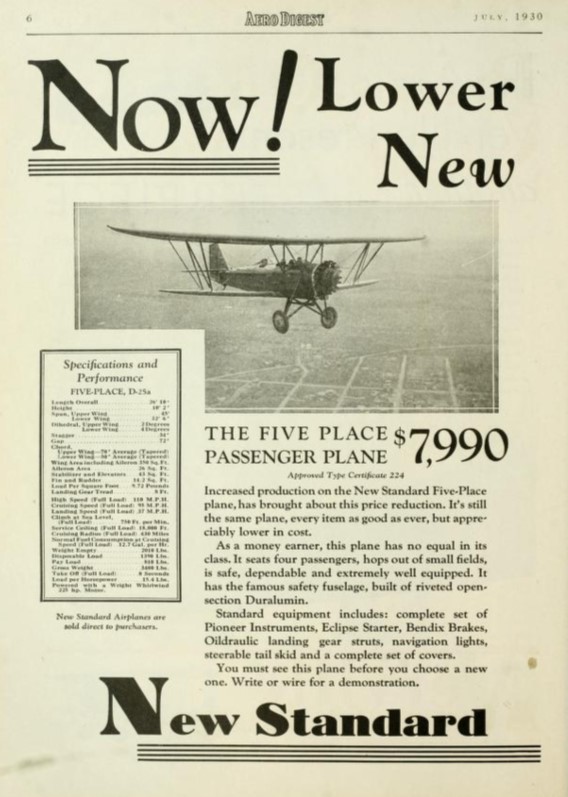
The aircraft was also used for crop-spraying and mail-carrying, and a few were even reportedly used for bootlegging during the Prohibition era. However, the New Standard Aircraft Company was also a victim of the Great Depression, going bankrupt in 1931, shortly after Charles Day sold his interests in the company. But while the company did not last, the New Standard D-25 and variants of it remained. Today, several examples remain in airworthy condition across the United States to this day, where they are often used on short joyrides for vintage aircraft museums and organizations, and the history of the individual example at WAAAM is representative of the type’s overall history that spans over 90 years.
WAAAM’s New Standard D-25 rolled off the Paterson-based company’s production line on June 5, 1930, as construction number 152. Ten days later, it was purchased by Unger Aircraft Distributors, managed by Ken Unger at Hadley Field in South Plainfield, NJ, and was listed on the US civil registry as NC930V. Throughout the 1930s, it was used for barnstorming in the US Northeast before it was sold in 1941 to Rickliff M. Decker at Basking Ridge Airport, NJ. For a brief point in 1949, NC930V was used for banner towing before it was eventually sold to John Thompson, a TWA pilot, on September 5, 1956, who flew the aircraft for a year before placing it in storage. During the 1980s, N930V awoke from its slumber and was restored to airworthy condition by Steve Oliver, who painted it in the colors of Beagle Air Tours, and it was seen at airshows such as Sun N Fun in Lakeland, FL and EAA Airventure in Oshkosh, WI.
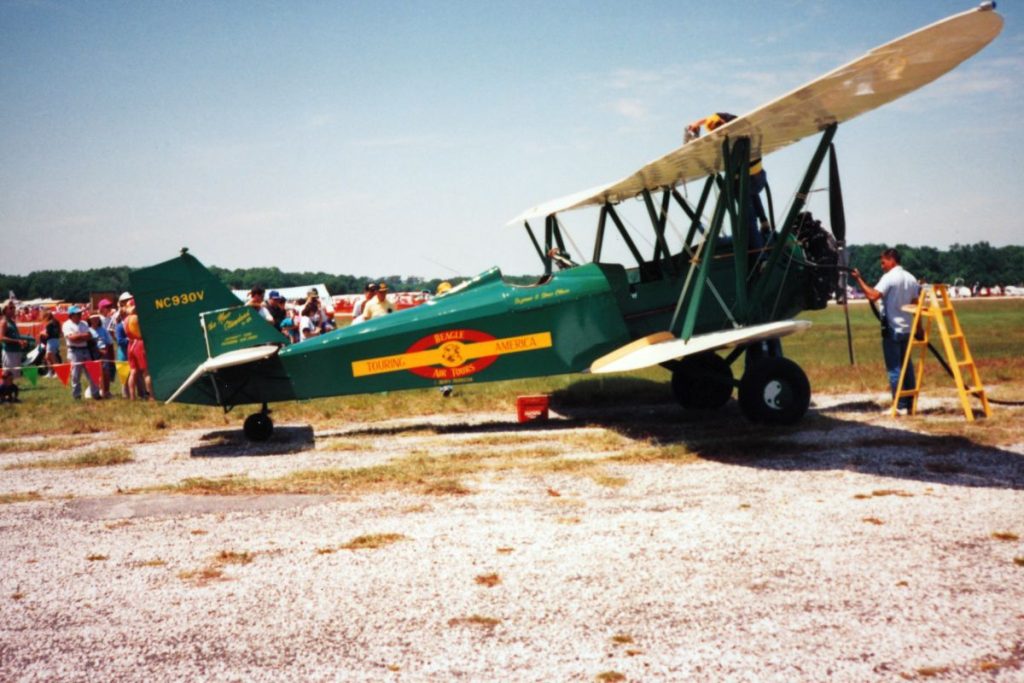
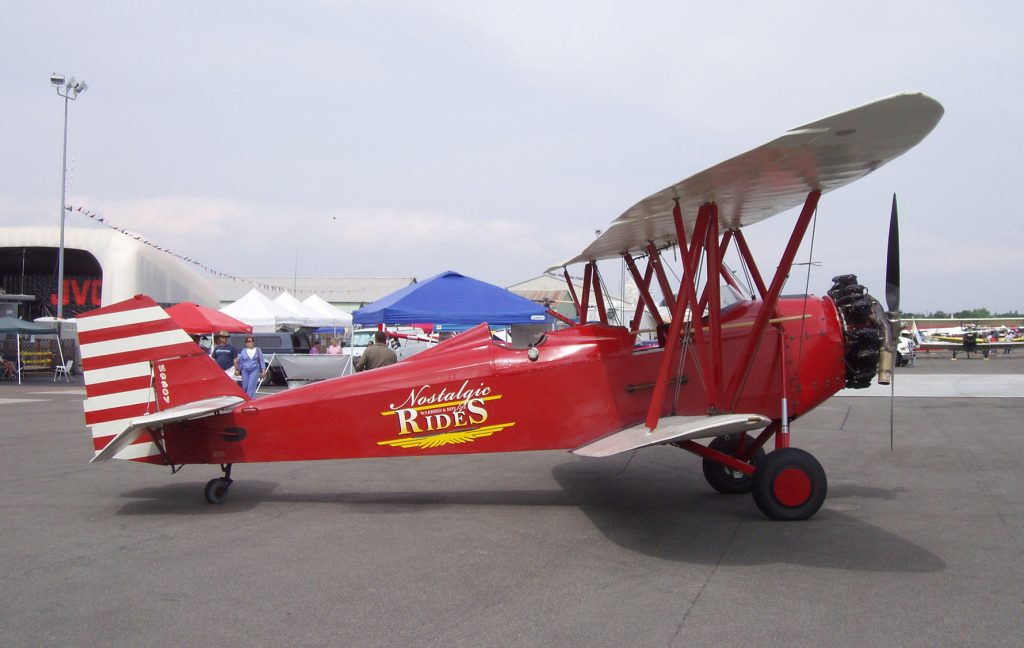
The aircraft itself was even briefly owned by the EAA before it came into the hands of Mike Carpentiero of Jefferson, OR, who flew the aircraft on barnstorming rides until it was acquired by the WAAAM in 2020. Starting in 2022, the museum began using the New Standard for airplane rides for paying guests, with its wide forward cockpit. Being ideal for small groups as families to experience the thrill of flying in an open cockpit biplane and see the Hood River Valley roll slowly beneath them in what the museum calls “a literal time machine. Today, the D-25 is now being refurbished by WAAAM restoration volunteers to ensure that the aircraft is able to continue giving rides and fly in events such as the museum’s annual Fly-In held in September. Currently, the wings and the engine have been removed and will be inspected and reinstalled, and once the aircraft is fully restored, it will resume its flying activities with the WAAAM. For more information, visit the museum’s website at Western Antique Aeroplane & Automobile Museum.
